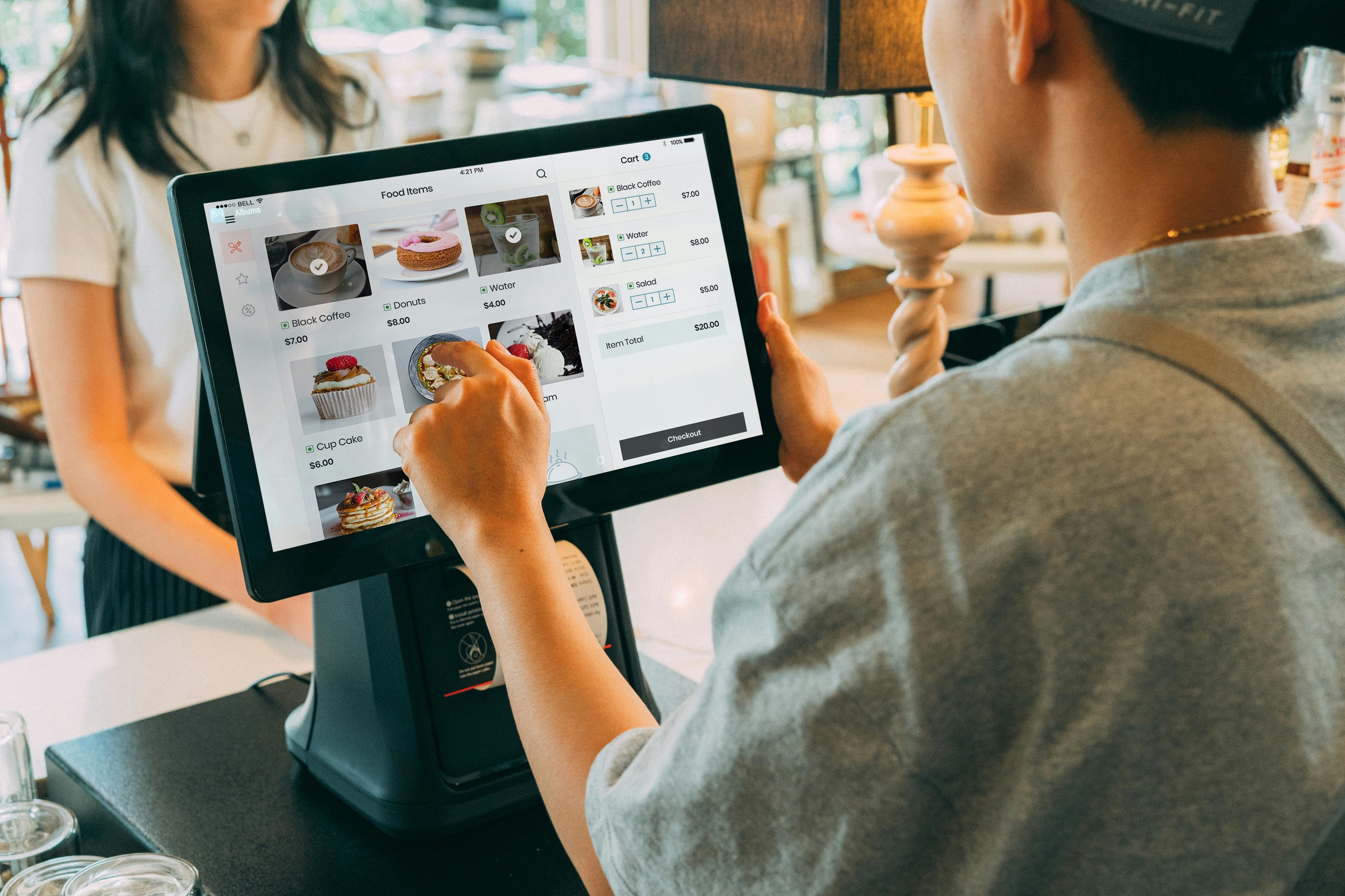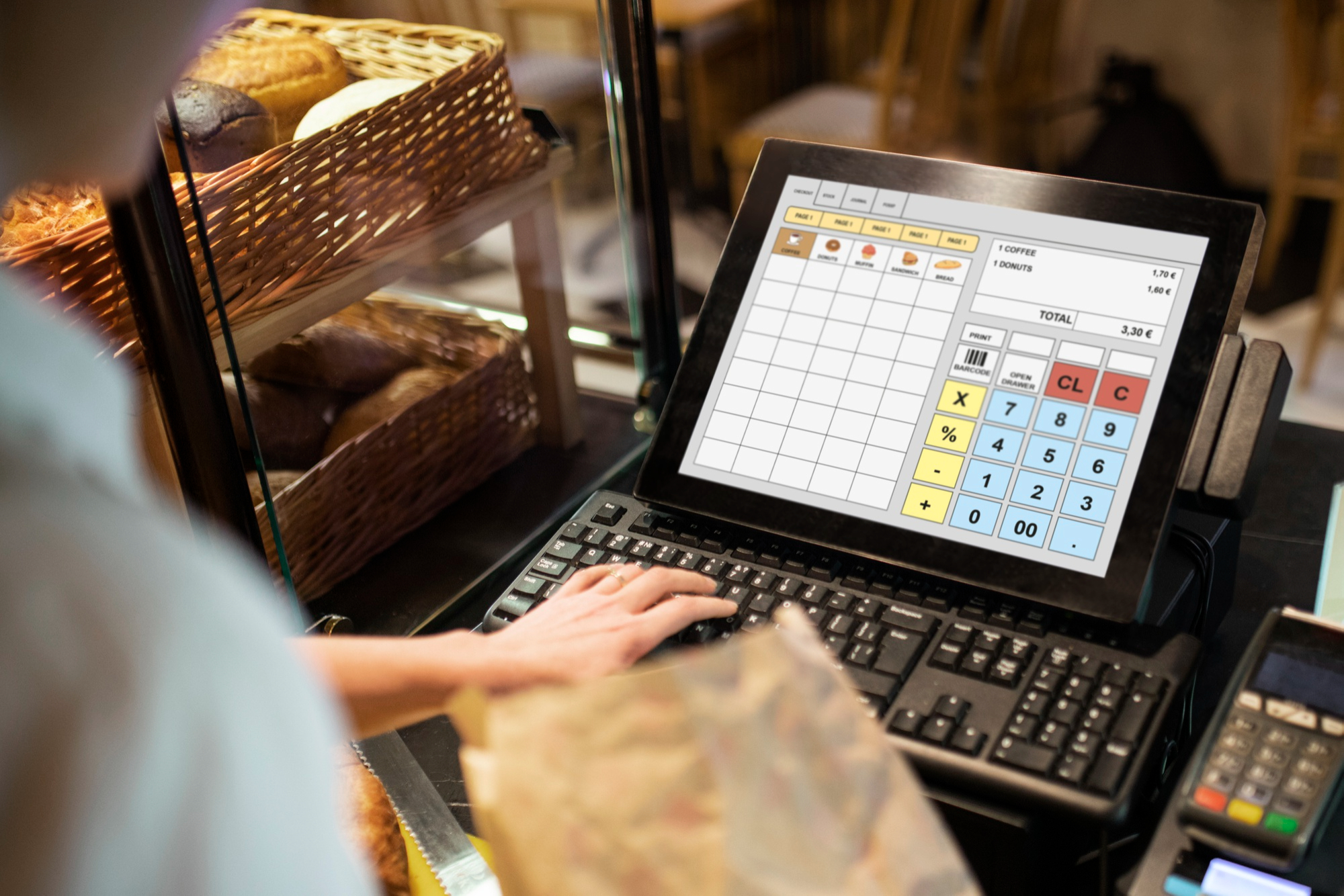 SHARE
SHARE
What is A Point of Sales (POS) and Its Benefits for Culinary Business
Febbi S
Eating is a basic human need, which is why the culinary business always has great potential and promise. To run this business efficiently, especially in terms of operations and payments, the Point of Sales (POS) system becomes one of the main solutions that support the ease of culinary businesses.
The POS system allows payment processes to be faster, more practical, and integrated, providing comfort for customers and efficiency for business owners. However, to experience its optimal benefits, understanding the function and workings of POS is very important.
In this article, we will discuss further the role and benefits of the POS system in improving the efficiency of culinary businesses.
POS is not just a tool to process transactions, but also helps businesses manage digital payments, accept QRIS, generate automated sales reports, reduce fraud risks, and much more.
So, what exactly is a POS system, and what role does it play in culinary businesses?
What is a Point of Sales (POS) system?
Source: pexels
A Point of Sales (POS) system is a system that helps various types of businesses, especially in the retail sector, to process and complete transactions quickly and efficiently.
The use of POS is no longer limited to cash registers in large retail stores but has expanded to various businesses, such as the food and beverage sector, including restaurants, cafes, fast food, laundry services, and other businesses with daily transactions.
In short, a POS system is a cash register. It includes a combination of hardware and software. In its traditional form, POS usually consists of a cash register with a cash drawer for storing money, and a small printer to print purchase receipts. However, technological advancements have made POS more sophisticated and easier to use.
Modernizing POS in the Digital Era
Currently, many POS providers in Indonesia have utilized Android or iOS-based tablets as more flexible and user-friendly POS terminals. Additionally, receipt printing without wires through Bluetooth printers makes transactions more practical and space-efficient.
Modern POS also supports digital payments such as QRIS, which are cashless and make it easier for customers. More than just a cash register, POS now records transactions automatically, generates sales reports, and reduces the potential for errors.
One leading POS solution provider is ESB, which offers ESB POS as a reliable partner for culinary businesses in the digital era. With ESB, you can manage transactions, automated reporting, and stock management in one integrated system, making operations more efficient and structured.
Benefits of POS in Culinary Business Efficiency
The Point of Sales (POS) system is here to simplify business management, especially for culinary entrepreneurs. With POS, you can save time and improve business efficiency. Here are some benefits of POS you can experience:
1. Recording Transaction Data Completely
Every transaction that occurs in your business will be recorded in full and neatly in the POS system. This makes it easier for you to track transaction history quickly, avoid input errors, and ensure all sales data is securely stored.
2. Generating Sales Reports Automatically
POS will automatically generate daily, weekly, or monthly sales reports according to your needs. With these automated reports, you can directly get structured and organized sales data, making it easier to analyze for future business strategies.
3. Managing Raw Material Stock
With the inventory feature in POS, you can monitor raw material stock in real-time. This system helps ensure smooth operations, such as monitoring stock availability, avoiding stock outs, and managing the cost of goods sold (COGS) more easily.
4. Monitoring & Managing Business Flexibly
Today's POS can be accessed via tablets or smartphones, so you can monitor your business anytime and anywhere. You can easily make changes to prices, menus, or other data in real-time without having to be physically present at the business location.
5. Boosting Sales
POS allows you to accept various digital payment methods such as QRIS, which make the payment process more convenient for customers.
In addition, orders from online platforms will automatically be recorded in the POS system, so you no longer need to re-enter orders. All of this will speed up order processing, increase sales, and maximize your business profit.
With an integrated POS, you can focus on other important aspects of your business, such as marketing strategies and improving customer service quality.
How the Point of Sales (POS) System Works
The POS system is much more advanced than conventional cash registers because it offers various management features that can simplify transaction processes and business data analysis.
With just devices like tablets or smartphones connected to the internet, this system can integrate stock recording, transactions, and sales reports. Here’s the main workflow of how POS supports business operations:
1. Transacting with Consumers
Consumers choose the desired products or services and bring the items to the cashier. At the POS terminal, the cashier or the consumer themselves will input the product into the system, either by scanning the barcode or manually entering product information.
2. Automatic Stock Updates
Each transaction processed will automatically update the stock in the system. This makes it easier for business owners to monitor stock quantities in real-time, avoid potential shortages, and ensure availability.
3. Activating Loyalty Programs
Many POS systems now support loyalty programs that can offer points or rewards for each purchase. Consumers can accumulate points and redeem them for discounts or rewards in the future, which helps improve customer loyalty and satisfaction.
4. Managing Payments Easily
Once all items are registered in the system, POS will calculate the total bill, including taxes or discounts if any. Various payment options such as cash, cards, and digital payments are available, making it more convenient for consumers to complete transactions.
5. Completing Transactions and Proof of Purchase
After payment is confirmed, POS will record the transaction in the system. Consumers can receive proof of the transaction in printed or digital form, depending on their preference and the available features in POS.
6. Generating Sales Reports and Analysis
Data from each transaction recorded in the POS will be collected and processed into automated sales reports. These reports are useful for business owners to analyze sales patterns, monitor inventory, and understand market demand. This information can also support strategic decision-making in business.
Understanding the Difference Between Cloud POS and Traditional POS
Technological advancements have introduced Cloud POS, a cloud-based system that is more flexible compared to traditional POS. Here’s the difference:
1. Data Access
- Traditional POS: Data can only be accessed at the workplace.
- Cloud POS: Data can be accessed anytime and anywhere through internet-based applications.
2. Risk of Data Loss
- Traditional POS: Data is stored in one device, at risk of being lost if damaged.
- Cloud POS: Data is securely stored in the cloud with regular backup systems.
3. Costs
- Traditional POS: Requires installation and maintenance costs for physical devices.
- Cloud POS: More cost-effective as it is based on an application accessible via smartphones or tablets.
Conclusion
By using POS, business owners not only gain ease in managing daily operations but also access to data that can help in formulating more effective business strategies. In this digital era, the ESB POS system is the ideal solution for improving efficiency, accuracy, and the speed of business management.
 SHARE
SHARE




